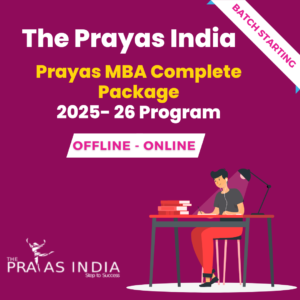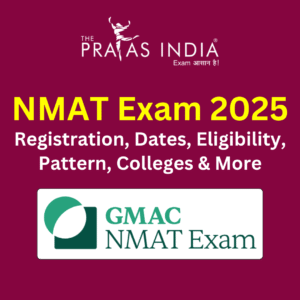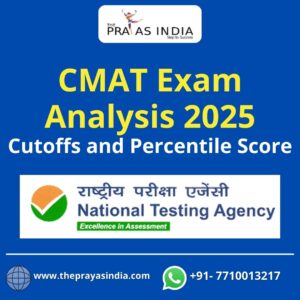CAT 2019-2024 Exam Pattern Analysis – QA, LRDI & VARC
The Common Admission Test (CAT) is one of the most competitive entrance exams for MBA aspirants in India. Understanding the exam pattern is crucial for effective preparation. Over the years, the CAT exam pattern has evolved, with changes in the number of questions, MCQs, and non-MCQs across three sections:
- Verbal Ability and Reading Comprehension (VARC)
- Data Interpretation and Logical Reasoning (DILR)
- Quantitative Ability (QA)
Here is a detailed analysis of the CAT exam pattern from 2019 to 2024.
CAT Exam Pattern (2019-2024) Overview
CAT 2021-24 Exam Pattern

CAT 2020 Exam Pattern

CAT 2019 Exam Pattern

Section-Wise Analysis of CAT Exam Pattern
1. Verbal Ability and Reading Comprehension (VARC)
- Trend: The number of questions in VARC has remained constant at 24 since 2021, compared to 34 in 2019.
- MCQs vs. Non-MCQs: While most questions are MCQs, there has been a gradual shift towards including more non-MCQ-based questions.
- Key Focus Areas: Reading comprehension, para-jumbles, sentence completion, and verbal reasoning.
2. Data Interpretation and Logical Reasoning (DILR)
- Trend: The number of questions in this section was reduced from 32 in 2019 to 20 in 2021 and later increased to 22 in 2023-2024.
- MCQs vs. Non-MCQs: The proportion of non-MCQ questions has varied, making it essential for students to practice different question formats.
- Key Focus Areas: Graph-based questions, puzzles, logical deductions, and data sufficiency.
3. Quantitative Ability (QA)
- Trend: The QA section has seen a reduction from 34 questions in 2019 to 22 in recent years (2021-2024).
- MCQs vs. Non-MCQs: Non-MCQs form a significant portion of the section, emphasizing conceptual clarity and problem-solving.
- Key Focus Areas: Arithmetic, algebra, geometry, number system, and modern mathematics.
Key Takeaways for CAT Aspirants
- Adaptive Strategy: As the number of questions has decreased, time management and accuracy have become more critical.
- Focus on Non-MCQs: With a rising trend of non-MCQ-based questions, students must develop conceptual understanding and practice subjective solving techniques.
- Balanced Preparation: Each section demands a different approach—VARC requires reading speed and comprehension, DILR requires logical thinking, and QA requires mathematical proficiency.
How The Prayas India Help?
At The Prayas India, we provide expert guidance, structured study material, and mock tests designed as per the latest CAT pattern. With personalized mentorship and result-oriented strategies, we ensure that our students stay ahead in their CAT preparation.
For inquiries, call 07710013217 or visit our website!
The CAT exam pattern has undergone significant changes from 2019 to 2024, making it essential for aspirants to stay updated. A strategic approach, combined with expert guidance from The Prayas India, can help students excel in the CAT exam and secure admission to top B-schools in India.
Prepare with the Best! Join The Prayas India Today!









